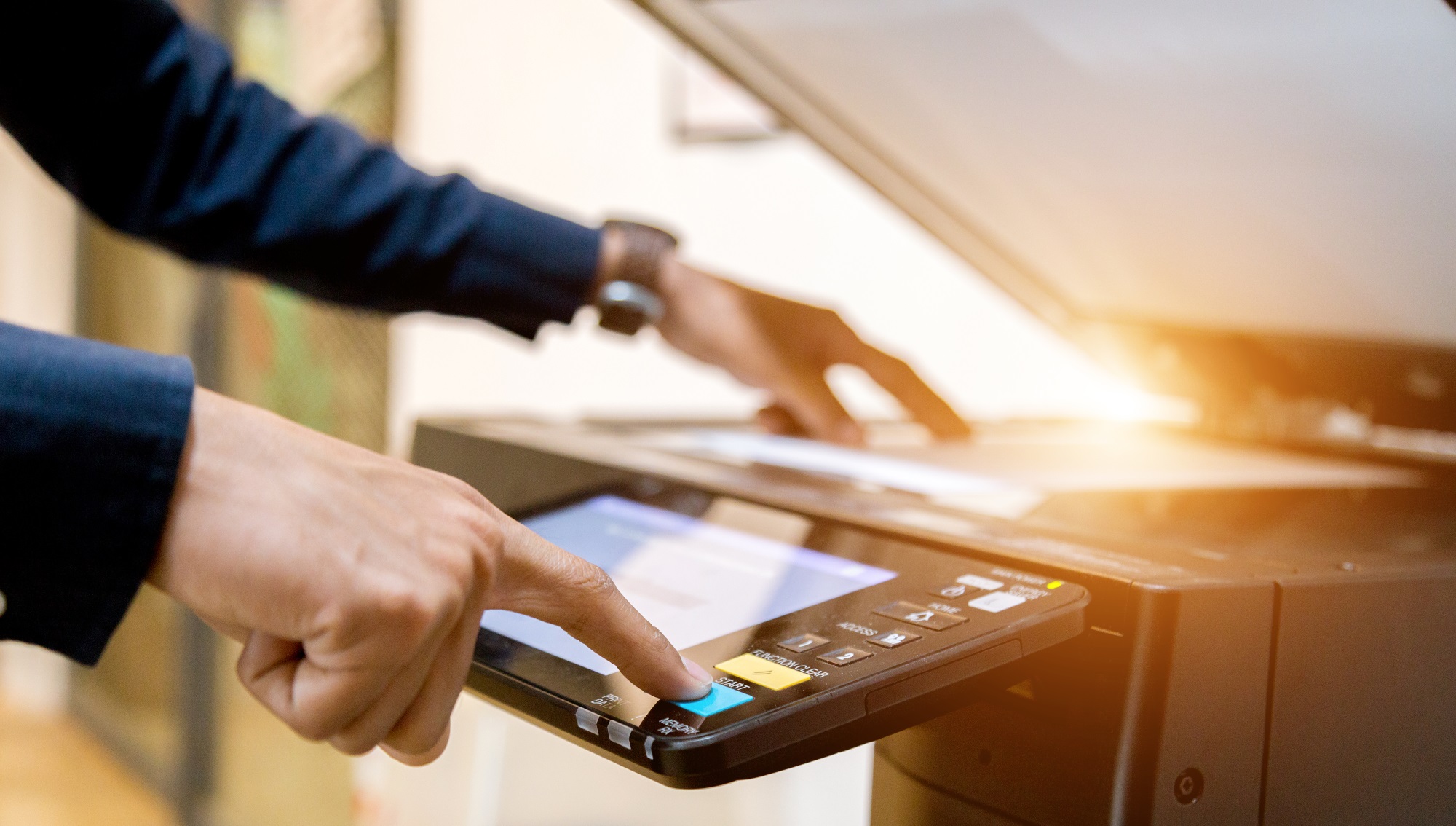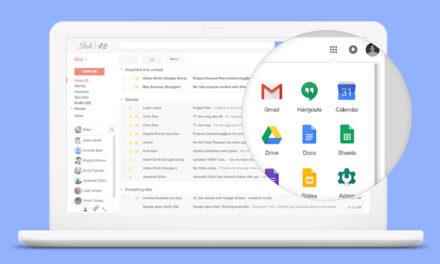
Welcome to the third age of print

As the Print Show 2019 creeps around the corner, we have witnessed, the print industry is now entering the “Third Age of Print,” driven by technology and commercial developments, but the ultimate beneficiaries will be the end consumers, who will enjoy more choice and bargaining power than ever before.
Thanks to the technological advancements within the print industry, the way that print is used in stores or offices not only maximizes a company’s customer-base and growth, but also assures that precision, quality and agility is met at all times. The humble printer—print service, solutions and other related products—is at the heart of this shift, which will have a profound impact in society from family life to the workplace. Let me explain…
The first age of print
This was characterised by limited services such as television, radio and telephone, delivered in a highly-regulated monopolistic (or near monopolistic) environment. Consumer choice was virtually non-existent, suppliers controlled everything from service delivery to pricing.
Johannes Gutenberg’s invention of the printing press is widely considered the origin of mass communication; it marked Western culture’s first viable method of disseminating ideas and information from a single source to a large and far-ranging audience. Furthermore, in 1950, Xerox introduced a plain paper copier that made a whopping six copies per minute.
Whilst the printing industry had to adapt with the times, it was becoming a vital part of the global economy. Overall, print machines were rare to come across daily, outside the professional space, and proved as unaffordable to the average consumer.
The second age of print
This was heralded by the arrival of competition and—most importantly—the personal computer and office infrastructure. The former transformed the workplace, signalling the death of the typing pool and much of the hierarchy that accompanied it; the emergence of the “open plan” office, a PC on every desk and a workforce able to create and exchange content directly with whom they pleased.
Furthermore, the print industry had seeped into various sectors by this point. Apart from print advertising, which was on an exponential growth, there was a need for print within other consumer and automotive markets.
Not only did printing become more sophisticated and output quality improved, but also printing infrastructure had become more advanced, capable of complex operations and levels of flexibility. Printers finally came into their own. During this period, technology was on a rapid growth, and so were the advancements within the print industry.
Within the home, the average desktop printer now became easily affordable to the consumer for the first time and therefore was also increasingly purchased for personal use. Printers were being used as connected devices to facilitate other amenities such as the fax, scanners and copiers.
This was marked by the development of an all-in-one multi-function printer (MFP), in the late 1990s. Businesses were now able to reduce the amount of hardware in their offices and, in turn, it proved cost-effective. These multifunctional printers were also smaller, taking less space in offices or homes and slowly grew very popular among consumers.
The third age of print
Today, technology, economics and social changes are combining to provide more choice and competition than ever before. The Internet of Things (IoT), mobility, digital print services, smart homes and modern cities are all the result of these changes that typify the benefits of this age.
For example, 3D printing has never been more popular and has been used to print a huge variety of different objects, including jewelry, clothing, medical prosthetics, food and houses.
Finally, big data is fueling the shift in the volume and nature of information being exchanged. In the dawn of the digital age, printing got faster and more easily accessible to everyone. As the world becomes more digital, print firms have also now developed digital printing technologies that have made it possible to print straight from a digital file.
The print industry has extended their offerings as other solutions like web-to-print software become available, allowing information to be stored, sent and printed within minutes remotely. For the busy consumer, these tools form an essential part of daily life.
Print for the future
The implications for print machines and print related solutions are as clear as the opportunities they deliver, secure print solutions, scalable and multifunctional printers competitively priced and secure. Today’s consumers have never had more choice in terms of device, network and platform; whether they are securing their home from another location or downloading their favorite series, their expectations in terms of service levels, device compatibility and security are unapologetically high.
Family gatherings in front of the television or a line of people patiently waiting to use the printer, scanner or fax machine may become obsolete, but they are being replaced by alternatives that are equally compelling and meaningful. The present age is a wonderful moment for the print industry, and it can only improve for the future.
Gemma Glen is the product marketing manager of OKI Europe.
Source:: TechRadar Gaming Feed



















